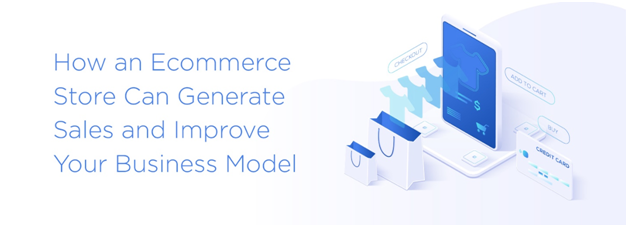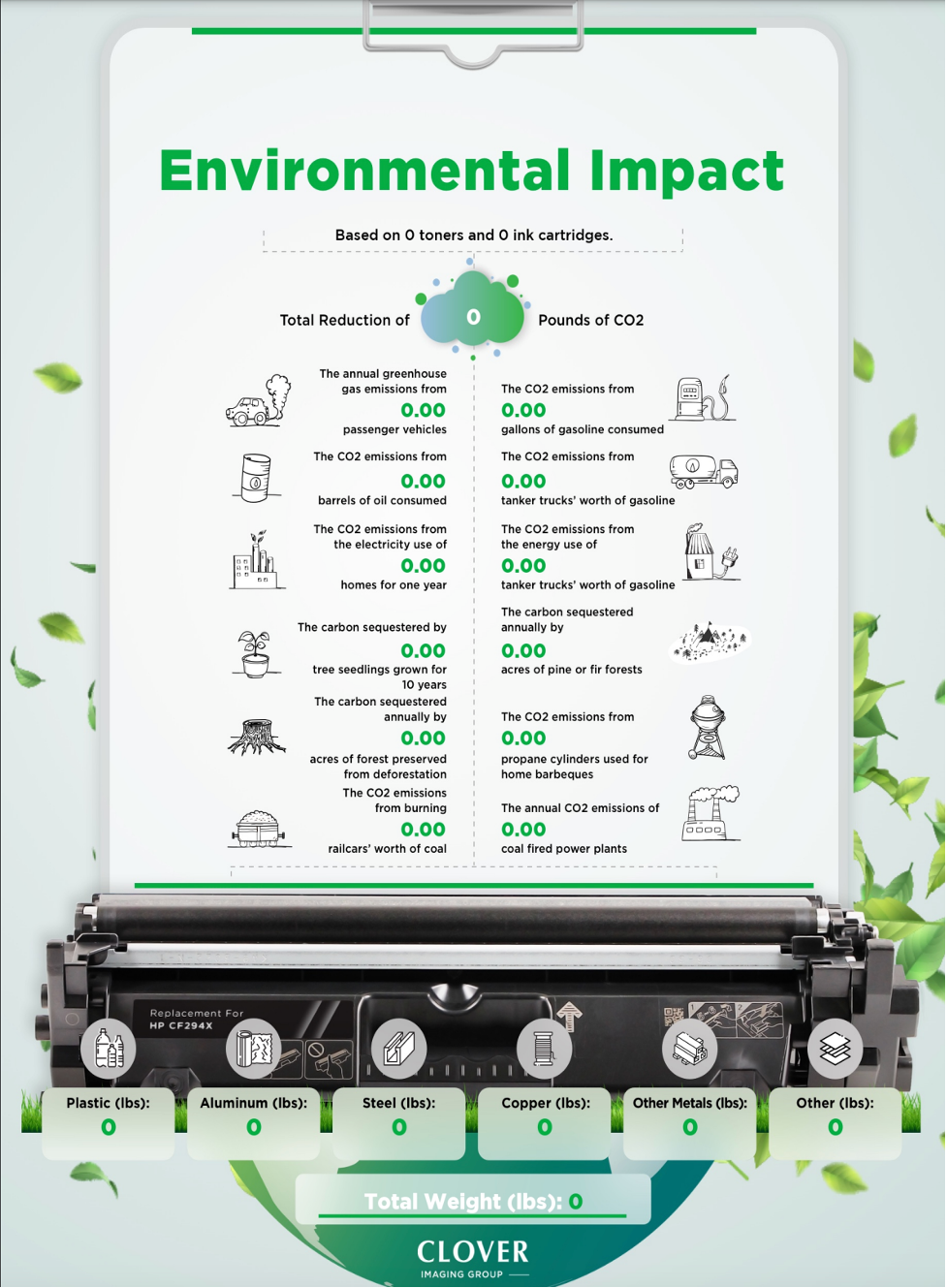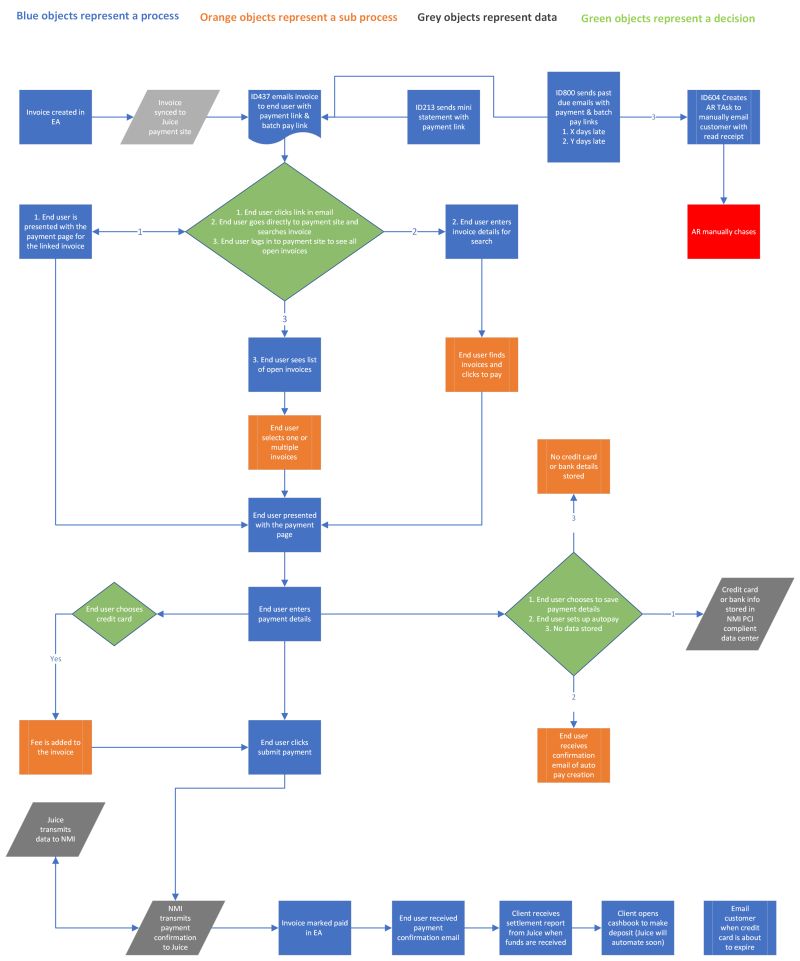The way consumers are shopping is constantly in flux, so savvy businesses are always looking for ways to stay current with the latest trends in shopping behavior.
In the past, shoppers would comparison-shop with mobile sites and apps, and use social media to discover new and compelling brands, aiding their search for the most advantageous customer experience with innovative digital technologies.
Now, with the recent lockdowns spurred by COVID-19, more shoppers than ever are relying on ecommerce to access the goods and services they need for home and work. In fact, new data shows that ecommerce revenue is up 37%, with a 54% increase in online orders.
However, a recent survey suggested that up to 71% of brand executives feel like they’re playing catch-up rather than leading the way when it comes to ecommerce selling, with only 11% having functional goals regarding ecommerce in place.
That’s unfortunate, since ecommerce offers many advantages for the progressive business looking to capitalize on this area of hypergrowth.
Advantages of Deploying a Solid Ecommerce Strategy
Now is the perfect time to begin developing — and implementing — a series of ecommerce objectives to take advantage of the incredible continued growth in online shopping.
- Low Cost Deployment
Ecommerce stores can be created and opened with as little as a $2500 investment.
Many marketplaces are free to access, and simply require a small fee for each item sold. Other ecommerce techniques, like drop-shipping, can reduce the up-front cost of inventory and reduce on-site storage costs.
Marketing can be accomplished cost-effectively through low-cost platforms like social media and content marketing.
Click Here to Read the Rest
SOURCE Clover Imaging


